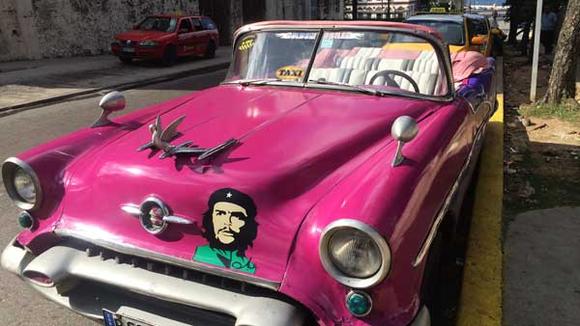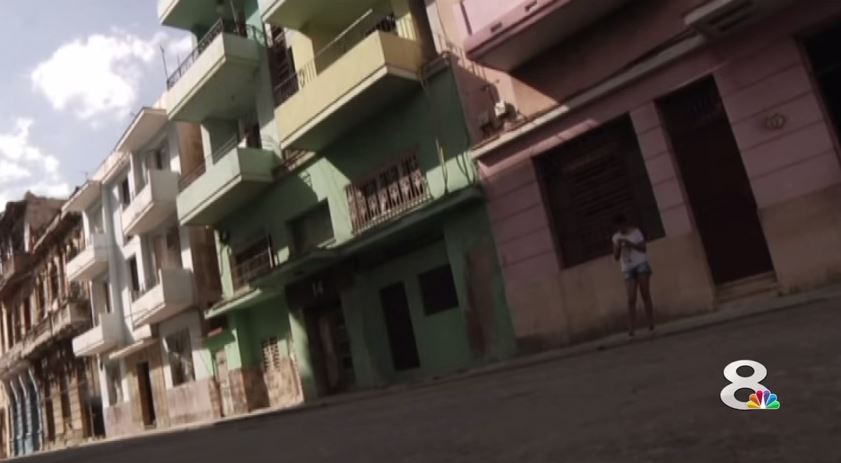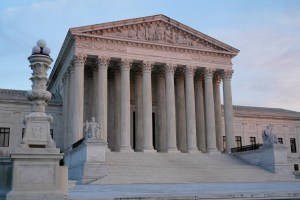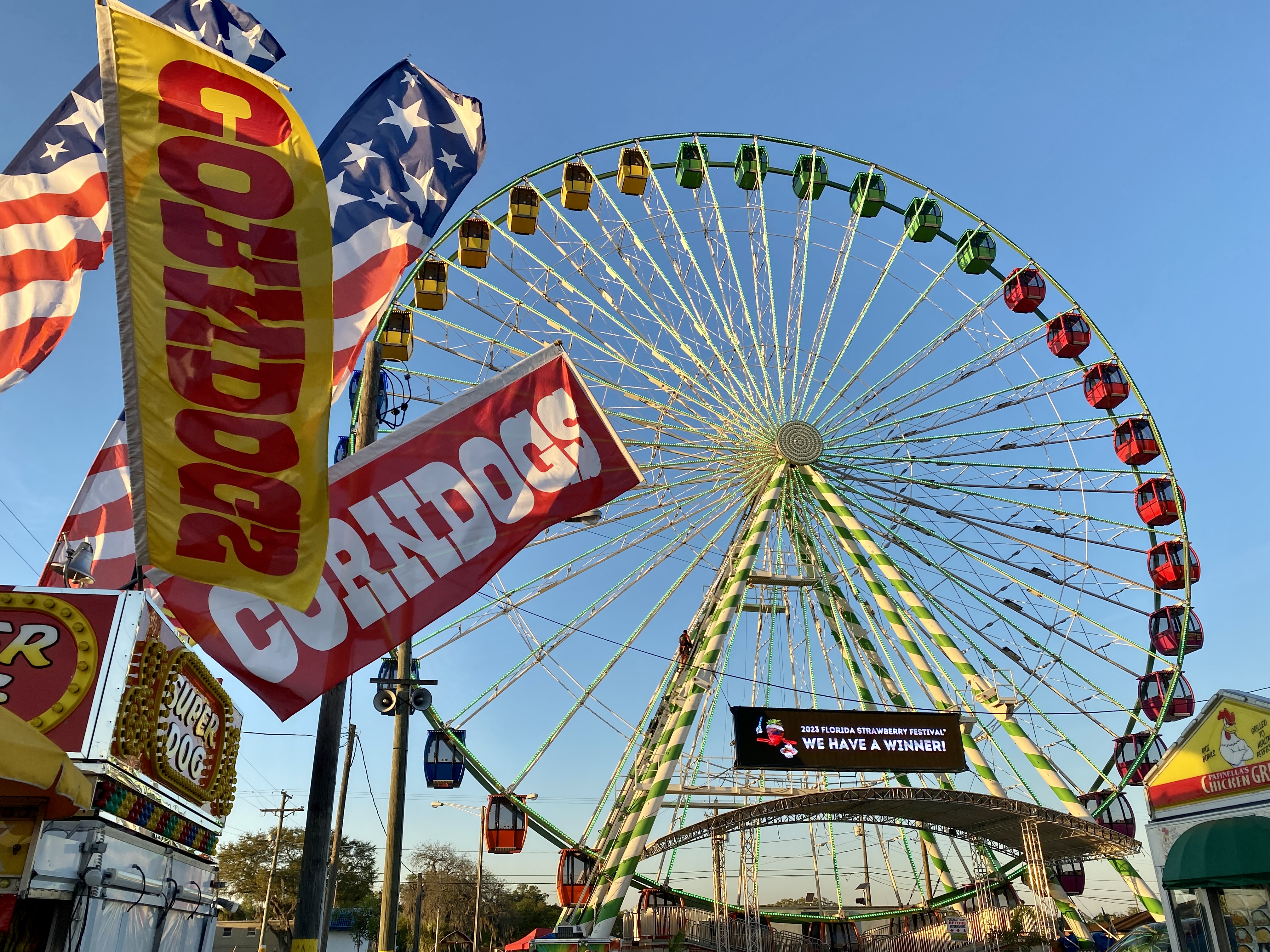Since the start of the Cold War, it’s become an island country frozen in time. Now with icy relations between the United States and Cuba melting, News Channel 8 steps back in time and pulls back the curtain and steps into a world we have not seen for decades. It’s a first hand look at the political, cultural and social changes about to happen.
Life Around Havana
Steve Rupert, from Tampa, has offered guided tours of Cuba for years. “A lot of people didn’t even know you could come down here,” Rupert recounted.

Reporter Jeff Patterson and photojournalist Bob Hansen traveled with Rupert in a ’57 Ford Fairlane. “That’s one of the interesting things about coming here is, it’s sort of a time warp. The building are old. You don’t have Americanization. You don’t have neon lights flashing anywhere,” Rupert said.
There is no question Havana offers many beautiful views, but a lot of the buildings are noticeably falling apart. Rupert notes they’re working on it…”little by little.” Even in a beautiful tourist district, people walking all around, you’ll find things like wiring probably not up to electrical code in the United States.
Mark Fitzpatrick is an American citizen who travels the world. He’s been to Cuba many times, and he sees great business potential for the area.
“Well tourism, Americans want to come down here. It was the number one spot for Americans in the Caribbean in the 50’s and I think it could probably be that way in the future. I’m sure it will be actually,” according to Fitzpatrick.
In a square in Old Havana, photos show the progress of the ongoing restoration. Painting and major refurbishing will likely continue for the next decade.
Tourists And Business
In Havana, the streets are alive with music and tourists. On this day, Martha Anderecka and Abbey Semple are visiting Cuba from Great Britain. They didn’t come to Cuba expecting to stay in a five star hotel.
“We don’t expect luxury. We expect a basic standard of hygiene and to be reasonably comfortable.”

In downtown Havana is the Hotel Englatara, a beautiful place to and if you want a hotel experience, you can certainly have that, but many people prefer to stay in something called a Casa Particular, or private home.
For Martha and Abbey, the interest of Cuba is about staying in somebody’s home, getting to know the people, having a different experience.
Joseph Carratla is among the Cubans who are now opening their homes to foreign tourists. His home just happens to be on the 13th floor of a building overlooking the Malecon. The views from his home are breathtaking. Cuban government now allows private citizens to rent out extra rooms.
Like Carratla, Lissett Barrios also rents rooms in her home. “Now we can survive a little bit. We can buy what we need and it’s a good opportunity for us,” Barrios explains. The Cuban government taxes the extra income, but the rental income is allowing people, like Barrios, to have a better lifestyle.
The casa particular where they stayed…and the Paladar’s…or private restaurants where some eat, are the start of an economy that didn’t exist in Cuba a few years ago, and the start of change here.
Cuba Travel
The flight from Tampa to Havana lasts a little more than an hour. Up arrival, Cuban custom officials asked us about the purpose of our visit. With cars on the streets that are vintage U.S. makes from the 50’s, Cuba paints a picture of an area frozen in time.
Architecture pre-dates the cars by hundreds of years. But we found a number of Cubans who are wella ware change is on the way.
On a street in Havana, Ricardo Hernandez told me the announcement by Raul Castro about a change in the relationship with the United States made history. “When I heard the news that he going to speak at 12 noon. No matter what we were doing we just stopped doing it,” Hernandez recounted. It’s a change he and other Cubans have waited for years to see.






